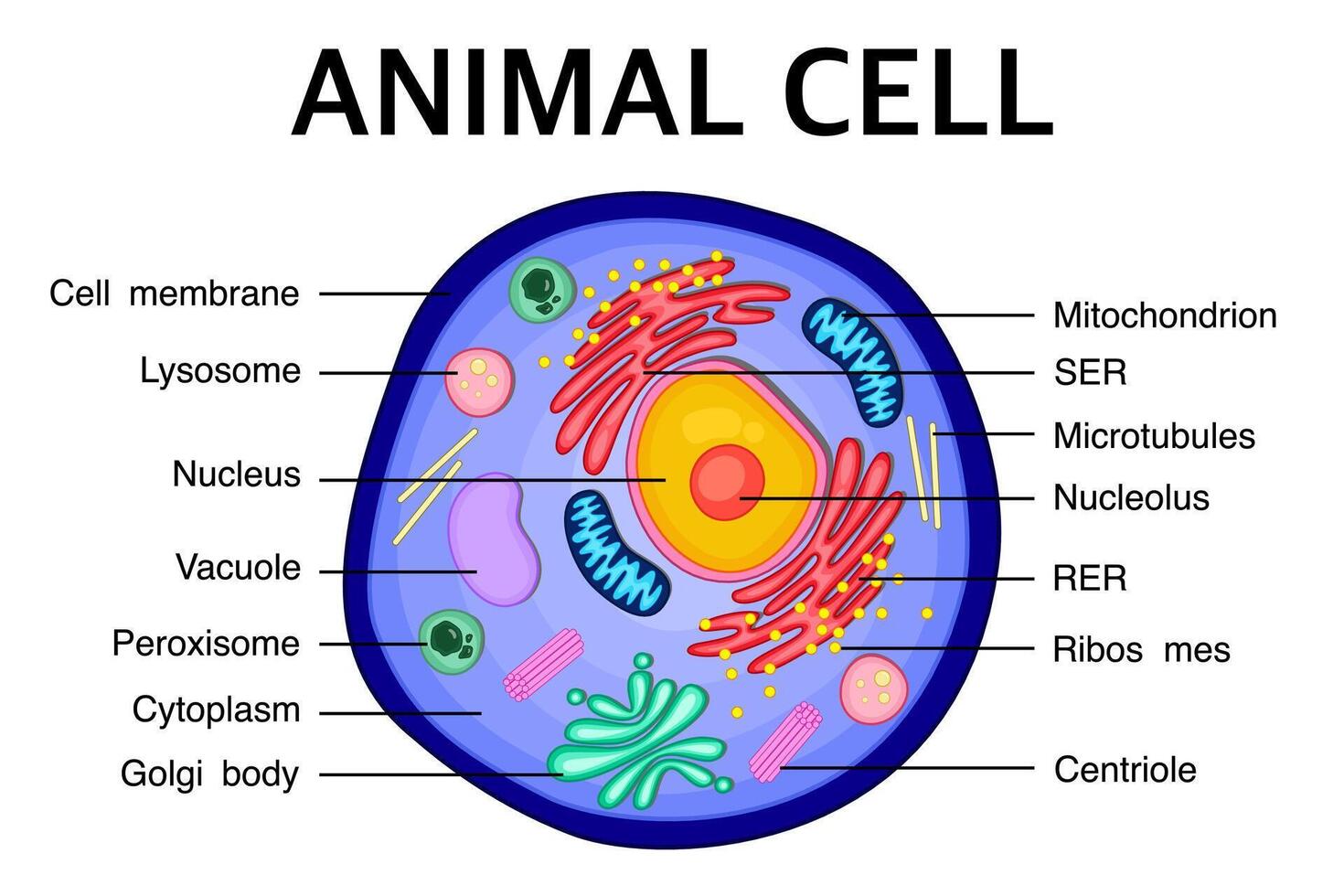What is the cell?
Cells are the basic building blocks of all living things. The human body is composed of trillions of cells. They provide structure for the body, take in nutrients from food, convert those nutrients into energy, and carry out specialized functions.
A cell is the basic structural and functional unit of living organisms. Cells are the building blocks of life, and they are found in all living things, from bacteria to humans.
Cell Structure
A cell consists of several components, including:
1. *Plasma membrane*
2. *Cytoplasm*
3. *Nucleus*
4. *Mitochondria*
5. *Endoplasmic reticulum*.
6. *Ribosomes*
7. *Lysosomes*
Cell Function
Cells perform many functions necessary for life, including:
1. *Metabolism*
2. *Replication*
3. *Response to stimuli*
4. *Maintenance of homeostasis*
5. *Growth and development*
Types of Cells
There are many different types of cells, including:
1. *Prokaryotic cells*: Cells without a true nucleus, such as bacteria.
2. *Eukaryotic cells*: Cells with a true nucleus, such as plants and animals.
Importance of Cells
Cells are the basic units of life, and they are essential for:
1. *Growth and development*
2. *Maintenance of homeostasis*
3.*Reproduction

The fundamental, basic unit of life, responsible for all life processes and the structural and functional unit of all living organisms
The cell is the building block of all organisms that we often refer to as the elementary unit of life. It is simultaneously the smallest living structure, carrying the required functions for life that cells have to perform. These cells come in two important types: prokaryotic and eukaryotic.
– Prokaryotic cells are simpler than those found in eukaryotes since they lack a defined nucleus and bounds (although these cells contain the genetic material). Examples include bacteria and archaea.
– Eukaryotic cells are far more complex. With a nucleus containing the genetic material (DNA) and with various membrane-bound organelles forming its cells (e.g., mitochondria, endoplasmic reticulum, and Golgi apparatus).
Cells carry out various functions such as metabolism, reproduction (through cell division), growth, response to stimuli, and maintaining homeostasis (regulation of internal conditions). Inside a cell, the cytoplasm is the jelly-like substance that holds various organelles and structures, whereas the cell membrane controls substance movement in and out of the cell.
In multicellular organisms, cells are specially designed for specific functions (e.g., muscle cells for contraction or nerve cells for signal transmission), and together they make tissues, organs, and systems that keep the whole animal alive. Even if he is single-cell (unicellular) or multiform (multicelled), the fact remains that a cell is the smallest entity that can maintain autonomous life.
A cell is the structural and functional unit of life. All living organisms are made up of cells, which carry out all the essential processes required for life.
It was first discovered by Robert Hooke in 1665 while observing cork slices under a microscope.
The study of cells is known as cell biology.
a cell is the basic structural and functional unit of all living organisms. It is the smallest unit of life capable of performing all the essential life processes, such as metabolism, growth, and reproduction